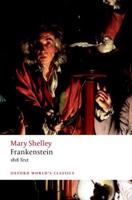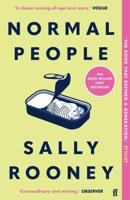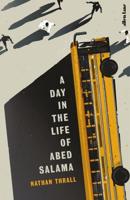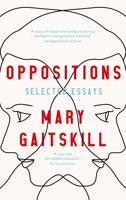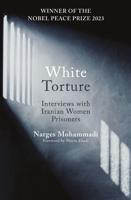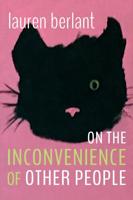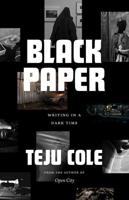Publisher's Synopsis
This study of all the major narrative works of Thomas Pynchon ("V", "The Crying of Lot 49", "Gravity's Rainbow", "Vineland") and his early fiction is an attempt to describe the narrative mechanisms that produce the uncertainty and ambiguity noted by all of Pynchon's critics. These critics have analyzed the dynamic uncertainties of Pynchon's texts in terms of cybernetics, thermodynamics, Rilke, Weber, Jung - all terms that are offered by the fiction itself. The generic concept of postmodernist allegory allows the critic to speak from a position outside the text and allows us to see that ambiguity and indeterminancy are the effects produced by the way in which the text is constructed.;The method used is essentially poststructuralist; the discussion focuses on the ways in which narrative rhetoric calls into question and effectively dismantles absolutist cultural discourses and the repressive socio-political values articulated by them. This is not a study in cultural materialism; it is not an analysis of the socio-political situation out of which Pynchon's work emerged. This manuscript addresses the issue of the rhetorical engagement of the individual and culture through the medium of narrative.;The final chapter is a discussion of Pynchon's latest work, "Vineland", and the early fiction collected in the volume "Slow Learner". This study points to the shared issues and concerns which are expressed both in allegorical and in non-allegorical styles but which remain "postmodernist".

